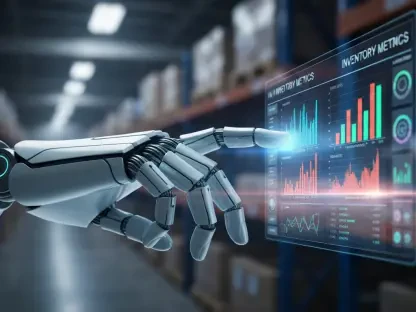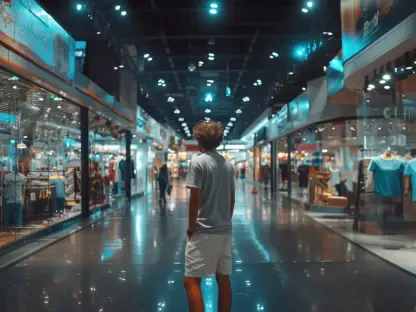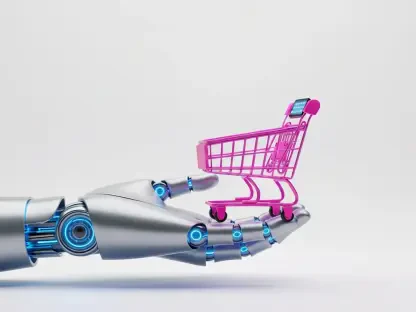In the ever-evolving world of retail, staying ahead means embracing technology as a catalyst for growth and innovation. Today, we’re thrilled to sit down with Zainab Hussain, an e-commerce strategist with deep expertise in customer engagement and operations management. With years of experience helping retailers navigate digital transformation, Zainab offers unique insights into how technology is reshaping the industry. In this conversation, we explore how rapid changes in shopping behaviors are driving tech strategies, the power of modern operating models, the role of AI in enhancing guest experiences, and the balance between short-term wins and long-term foundations in retail tech.
How have shifts in consumer behavior influenced the way retailers approach technology adoption?
The retail landscape is changing at lightning speed, largely because of how guests now shop. People expect seamless experiences, whether they’re browsing online or walking into a store. This has pushed retailers to prioritize tech that can keep up with those expectations, like real-time inventory tracking or personalized recommendations. It’s not just about convenience; it’s about anticipating needs. For instance, the rise of subjective search terms like “cute” or “trendy” means search engines have to be smarter, understanding intent beyond keywords. Retailers are using tech to turn these evolving habits into a chance to stand out.
What can you tell us about the impact of modern product operating models on retail innovation?
Modern product operating models are game-changers because they break down silos within a company. By aligning teams like product, tech, and user experience under a unified focus, retailers can move faster and smarter. This kind of collaboration sparks innovations that directly improve the shopping experience—think streamlined checkout processes or apps that guide guests to deals in-store. It’s about creating a structure where everyone’s working toward the same goal, and the result is often tech-driven solutions that feel intuitive to the customer.
How does technology help retailers maintain a strong brand identity, especially in areas like style and design?
Tech plays a huge role in keeping a retailer’s brand relevant, especially when it comes to style. Merchants can use tools to track emerging trends in real time, ensuring they’re always ahead of the curve. For example, data analytics and AI can predict what’s going to be popular before it hits the mainstream, allowing for quicker product development. This means a retailer known for trendy designs can consistently deliver without missing a beat, reinforcing their identity with every new collection.
Can you explain the concept of balancing short-term tech wins with long-term foundational investments?
Absolutely. It’s a dual approach of solving today’s problems while building for tomorrow. Short-term wins are things like deploying AI to speed up checkout lines or improve search results on a website—these deliver immediate value to guests. Meanwhile, long-term investments focus on modernizing core systems, like supply chain tech or real-time data platforms, to support growth at scale. The idea is to create a foundation that lets you experiment and adapt over time without constant overhauls. Both are critical to staying competitive.
How are AI tools blending human creativity with machine intelligence in retail today?
AI is becoming a powerful partner for creativity in retail. Take trend-spotting platforms, for instance—they analyze massive amounts of data to identify what’s next in fashion or home goods, giving merchants a head start. But the human element is still key; designers and teams use these insights as a starting point, adding their unique perspective to make products resonate with guests. It’s a balance where AI handles the heavy lifting of data, and humans bring the emotional connection and vision to life.
In what ways is AI enhancing the behind-the-scenes operations that impact in-store experiences?
Behind the scenes, AI is a quiet hero. It’s optimizing things like shelf stocking by predicting when items will run low, so store teams can act before guests even notice. It’s also cutting down checkout times by streamlining processes and helping staff assist customers more efficiently. Especially during peak times like holidays, AI ensures stores run smoother—guests feel the difference when returns are easy or Drive Up orders are ready on time. It’s all about reducing friction so the focus stays on the shopping experience.
How do you see AI evolving to connect different parts of a retail business in the future?
The future of AI in retail lies in connectivity. Right now, data often sits in silos—marketing, supply chain, digital platforms all operate separately. AI can bridge those gaps, creating a unified view that lets teams make faster, smarter decisions. Imagine marketing knowing exactly what’s in stock while supply chain predicts demand spikes from a campaign in real time. This kind of integration will speed up decision-making and make every guest interaction more seamless, whether they’re online or in-store.
What’s your forecast for the role of technology in defining the future of retail experiences?
I believe technology will increasingly be about creating moments of discovery and joy, not just transactions. As predictive tools get better, retailers will anticipate guest needs before they’re even expressed, crafting experiences that feel personal and inspiring. Whether it’s in-store or online, tech will help retailers adapt to preferences instantly, delivering consistency at scale. The future is about blending convenience with curiosity—making every interaction feel like a delightful surprise while staying effortless. That’s where retail is headed, and tech will be the heartbeat of it all.









